The New Living Goddess of Nepal 2025: The Kumari Tradition and Its Timeless Power inside
Introduction: A Child, a City, a Living Goddess
In the heart of Kathmandu Durbar Square, where brick courtyards glow red at dusk and carved windows hold centuries of memory, a small wooden palace known as the Kumari Ghar shelters a presence unlike any other—the Kumari, the Living Goddess of Nepal. The Kumari is not a metaphor but a living child revered as the earthly embodiment of Taleju, a form of the divine venerated by both Hindus and Buddhists of the Kathmandu Valley. She is addressed with awe, greeted with folded hands, and believed to bestow blessings with a glance.
This year, Kathmandu welcomed a new Royal Kumari: Aryatara Shakya, a two-year-and-eight-month-old girl who was ceremonially carried from her home to the Kumari Ghar and installed as the Valley’s Living Goddess at the close of the monsoon festival season. She succeeds Trishna Shakya, who had served since 2017 and retired on reaching the threshold of puberty, as tradition requires. The appointment, witnessed by crowds of devotees who bowed to touch their foreheads at her feet, reaffirmed a living tradition that is as much about the city’s spirit as it is about religion.
The Selection Process: Astrology, Ritual, and the “32 Perfections”
Who can become Kumari?
The Royal Kumari (of Kathmandu) is selected from the Shakya lineage of the Newar Buddhist community of the Valley. Candidates must meet a long list of physical and spiritual qualities sometimes described as the “32 perfections”—including unblemished skin, calm demeanor, and a fearless temperament. Her horoscope must harmonize with auspicious alignments, and with the ritual needs of the state and city.
Who decides?
A council traditionally composed of Bajracharya Buddhist priests, Hindu priests of Taleju, astrologers, and representatives of cultural institutions evaluates the candidates. Their collaboration itself reflects the syncretic fabric of the Valley, where the Kumari is venerated by both Buddhists and Hindus.
How is she chosen?
Final stages unfold during a
n auspicious calendar window—often around major festivals. The child’s calm, fearlessness, and purity are carefully observed; her charts are examined; ritual signs are interpreted. When the choice is made, she is ritually enthroned. In September 2025, as Indra Jatra closed and Dashain began, Aryatara Shakya was formally seated in the Kumari Ghar, becoming Kathmandu’s new Living Goddess.
The enthronement rites
The procession to Basantapur is as ceremonial as it is intimate: family members carry the child through Kathmandu’s narrow lanes; priests chant; devotees line the streets with oil lamps and marigolds. On arrival, the child enters a new life—one that is revered, protected, and circumscribed by custom.
Cultural and Religious Importance: A Syncretic Heartbeat
To understand Kumari Nepal, one must understand the Valley’s interwoven Hindu–Buddhist heritage. The Kumari is revered as a living embodiment of Taleju (identified with Durga), while the selection and daily rites are performed by Newar Buddhist priests. This layered identity is not a contradiction but a hallmark of Newar civilization, in which deities and rituals often flow between traditions.
Historical echoes
The practice of venerating a living goddess in Kathmandu emerges in medieval chronicles and is deeply tied to the Malla kings—who sought divine sanction from Taleju and the Kumari. Over time, the Kumari’s blessing became a public covenant: her auspicious glance signified the city’s moral-ritual harmony. The tradition survives regime changes and modern politics because it rests in community practice, not simply in a court ritual. (For quick context, Indra Jatra’s Kumari Jātrā chariot procession has been documented since the mid-18th century.)
Why does it endure?
For locals, the Kumari is a living reminder that the sacred can be present in the ordinary—that divinity can dwell in a child’s serenity and the city’s festivals. For the nation, the Living Goddess of Nepal is an emblem: of continuity through upheaval, of the Valley’s cultural genius, and of the unbroken thread of worship anchoring today to yesterday.
Traditions and Festivals: The Chariot, the Blessing, the City
Indra Jatra Kumari
Kathmandu’s grandest street festival, Indra Jatra (also known as Yenya), blends masked dances, displays of fierce deities, and the Kumari’s chariot procession. On appointed days, the Living Goddess Kathmandu Durbar Square emerges on a gilded chariot, drawn through the old city while crowds surge to receive her blessing. This is when the Kumari’s public presence is most visible—her silent composure an axis for public devotion.
Blessing rulers and citizens
Historically, kings and later state leaders seek the Kumari’s tika (blessing) as a sign of auspicious guardianship. The same gesture is offered to common devotees—an egalitarian grace that remains one of the tradition’s most moving aspects. Even in a modern republic, the Kumari’s benediction during festival season carries spiritual and cultural weight.
Other festivals
Beyond Indra Jatra, the Kumari’s presence is considered potent during Dashain (Navami) and specific Newar lunar festivals. Processions, window blessings from the Kumari Ghar, and ritual appearances punctuate the calendar, ensuring that the city’s ritual life circles back to the Goddess again and again.
Devotee etiquette
Visitors and locals enter the Kumari Ghar courtyard softly, with shoes removed and cameras kept respectful. Devotees may bow, offer flowers or small offerings, and—on certain days—receive a tika. The reverence is palpable but quiet; the moment is shared, not staged.
Daily Life Inside the Kumari Ghar: Privilege and Solitude
Residence
The Royal Kumari lives in the Kumari Ghar, a three-story, 18th-century palace whose elaborate fretwork and inner courtyard are themselves a museum of Newar craft. Within, the child goddess has attendants and tutors. Modern practice allows the Kumari private education and limited access to television or toys—small concessions that help a child remain a child.
Routines and limits
The Kumari appears publicly only on ritual days. The rest of her time is cocooned—learning, playing, receiving low-key visitors according to custom. Some restrictions—like avoiding injuries that cause bleeding—are practical to protect ritual purity. Clothing is distinctive; makeup and the agal (the eye-mark on the forehead) are prepared by attendants on festival days.
Transition back to ordinary life
When the Kumari approaches puberty, she retires and the search for a new Kumari begins. Retired Kumaris return to their families, continue schooling, and often become informal cultural ambassadors. Government and cultural bodies provide a modest stipend. Social myths about difficulties in marriage are fading, as communities prize the role and support former Kumaris in education and work.
Tourism and Global Significance: Seeing Without Turning Sacredness into Spectacle
Why visitors come
For travelers, Kumari tradition Kathmandu offers a rare window into a living ritual system—something not behind glass but woven into the city’s daily life. To see the chariot roll past Hanuman Dhoka, drums pounding while the crowd hushes for a child’s quiet gaze, is to witness Nepal cultural tourism at its most authentic.
Cultural tourism done right
- Observe, don’t intrude. The Kumari is a child before she is a symbol. Avoid close-up photography without permission.
- Avoid paid “meetings.” Ethical guidance suggests avoiding commercialized “Kumari visits” that commodify access. The courtyard is open; festivals are public; let your experience be organic.
- Support heritage, not hype. Choose guides and museums that invest in heritage preservation, buy crafts from local artisans, and donate to reputable cultural trusts rather than to opportunistic gatekeepers.
Living heritage value
The Kumari tradition condenses what makes Nepal compelling: multi-faith harmony, hand-made cityscapes, and festivals that are both art and prayer. By protecting such practices, Nepal sustains an ecosystem of artisans, musicians, priests, and historians—ensuring that Kumari festivals Nepal remain community-owned, not tourist-packaged.
The New Kumari and the Road Ahead
A new chapter
With Aryatara Shakya now enthroned, the city begins a fresh cycle of stories: a new chariot season to anticipate, new first blessings for leaders and citizens, and new lessons for a generation who will grow up remembering the moment they saw the Living Goddess of Nepal. The appointment also refreshes global curiosity—press headlines from around the world carried images of her installation, and Kathmandu’s courtyards filled with quiet pride.
Continuity with care
Modern Kathmandu is mindful of the child’s well-being. Private tutoring, careful scheduling, and a protective community help ensure the Kumari’s life is nurturing, not isolating. As discourse around children’s rights and heritage advances, the Kumari tradition, too, evolves—reaffirming that safeguarding ritual need not come at the expense of childhood.
Practical Notes for Respectful Visitors
- Where: Kumari Ghar, Kathmandu Durbar Square (Basantapur). Courtyard entry is generally allowed; interior rooms are restricted.
- When: For best chances of a public glimpse, align with Indra Jatra dates or special festival days (check local calendars).
- How: Dress modestly; be quiet; follow the flow of devotees. If you’re lucky to receive a blessing, accept it with humility and avoid intrusive photography.
- Learn more: Museums and cultural centers around the Valley offer excellent exhibits and talks about Kumari culture and religion—a good primer before festivals.
A City That Still Believes
Kathmandu is a city that still believes—not naively, but deliberately—in the sanctity of symbol and the power of shared ritual. The Kumari Nepal tradition persists because it keeps community at its core: priests and astrologers attune the calendar; artisans build the chariot; families offer flowers; children mimic the masked dancers; elders remember the last Living Goddess and weigh the grace of the new one. In the eyes of a child on a gilded chariot, the city sees itself—resilient, generous, and alive.
As the new Kumari settles into the rhythms of the Kumari Ghar, Nepal renews a covenant with its own history: to honor the sacred, to protect childhood, and to welcome the world without diluting the meaning of what the world has come to see. Preserving this delicate balance is the responsibility of institutions, devotees, and visitors alike. If we keep that promise, the Living Goddess will continue to bless Kathmandu—not only with ritual prosperity, but with the deeper gift of identity held intact for generations to come.
Sources & Further Reading
- AP News: “Nepal chooses a 2-year-old girl as new living goddess…” (Sept. 30, 2025) — confirmation of Aryatara Shakya’s appointment and ceremony details. (AP News)
- PEOPLE Magazine: “2-Year-Old Girl Selected as Nepal’s New Living Goddess…” (Sept. 30, 2025). (People.com)
- Wikipedia (Indra Jatra): Background on Indra Jatra and Kumari Jātrā chariot processions in Kathmandu. (Wikipedia)
Note: Dates and names are current as of October 1, 2025. Festival timings vary by lunar calendar; always check local announcements before your visit.
Share this content:
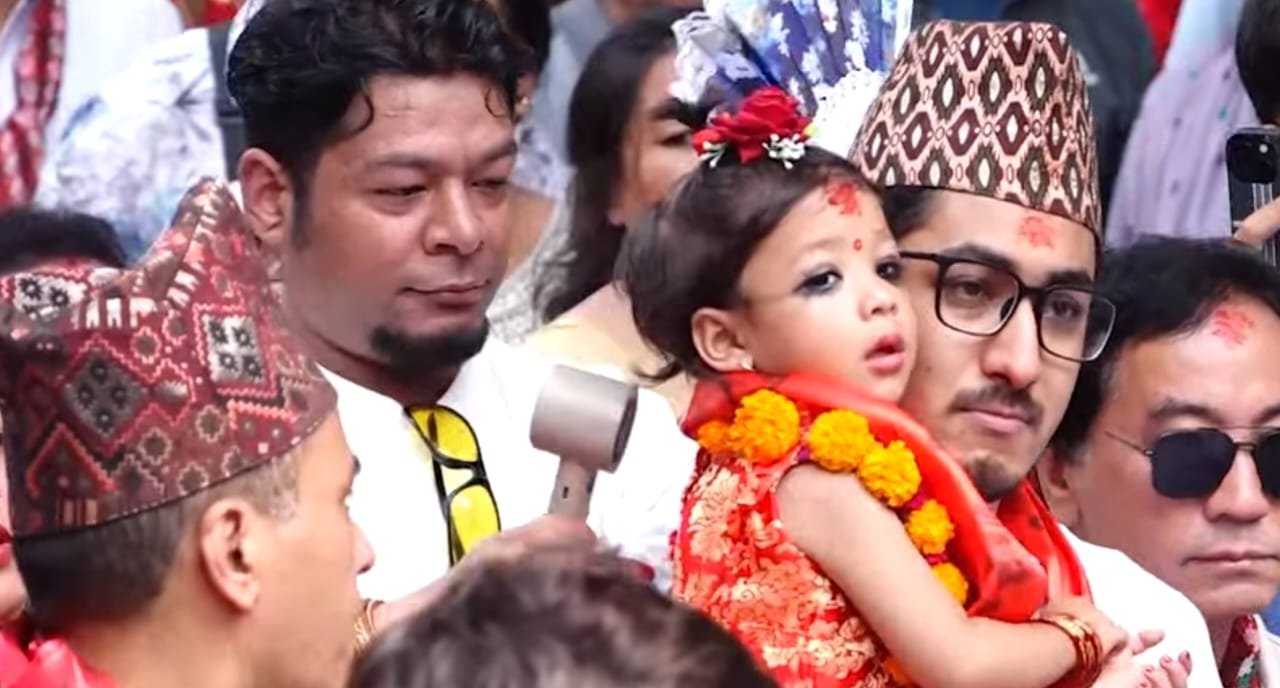
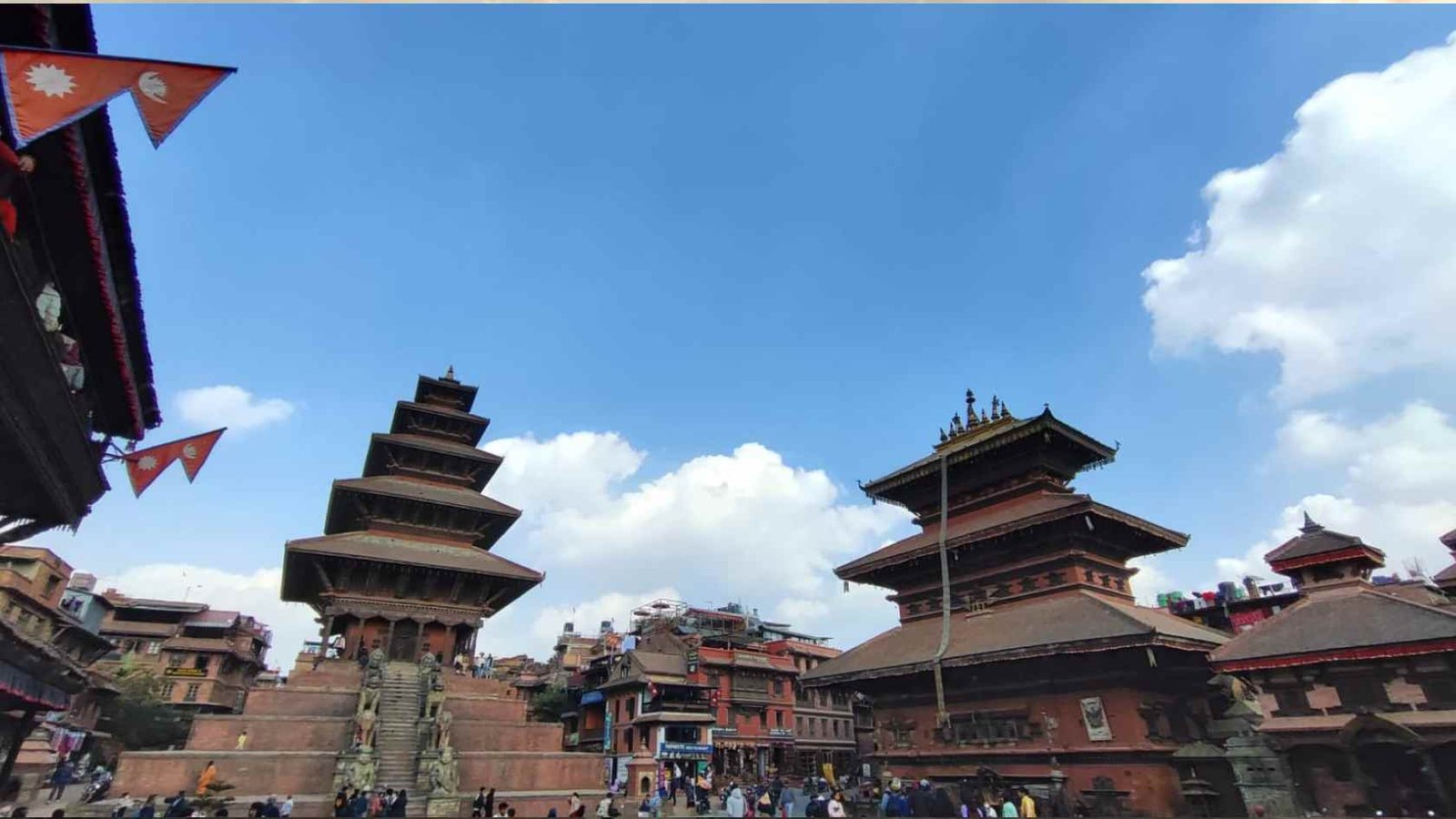


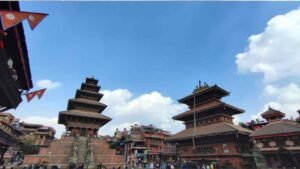

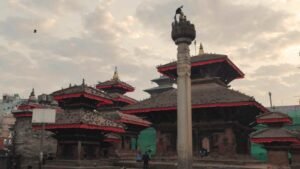
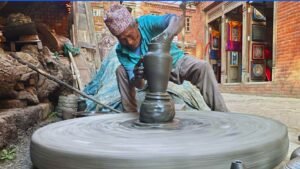






Post Comment